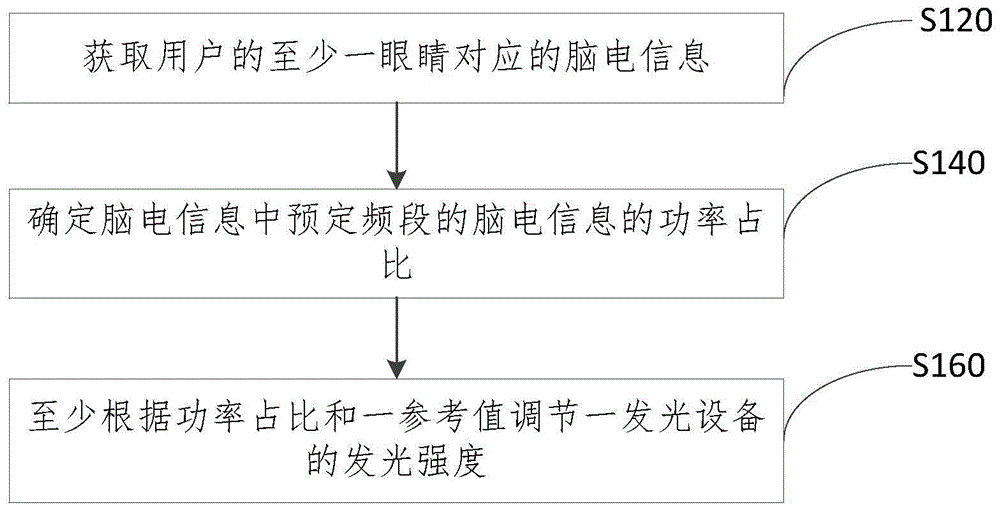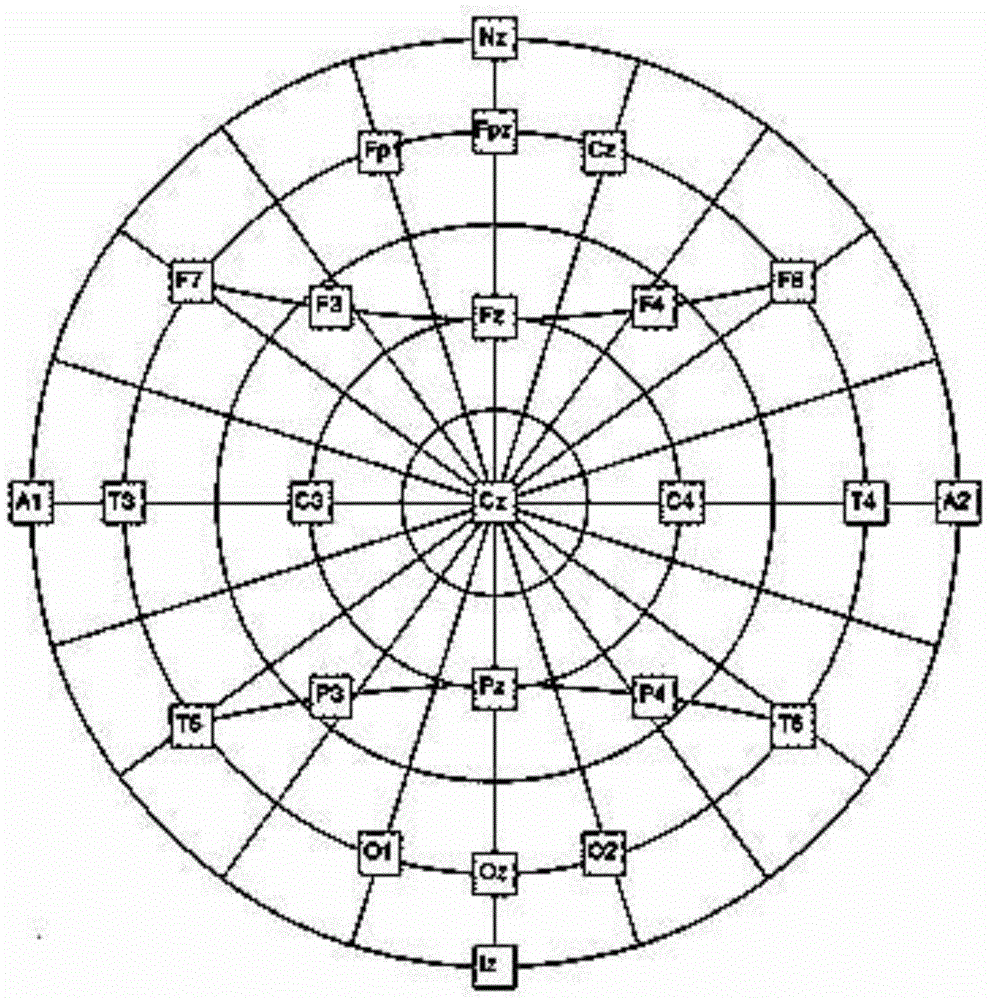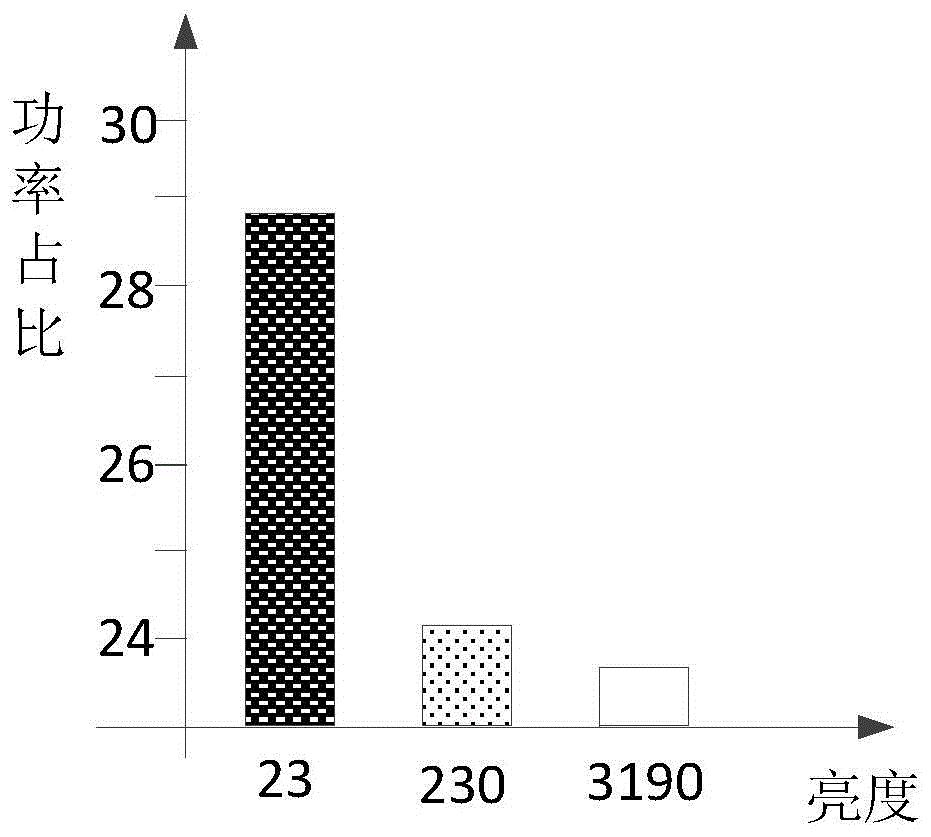Method and equipment for adjusting light intensity
An adjustment method and a technology for adjusting equipment, which are applied to the input/output of user/computer interaction, computer components, graphic reading, etc., can solve problems such as inapplicability, and achieve the effects of avoiding dependence and improving user experience
- Summary
- Abstract
- Description
- Claims
- Application Information
AI Technical Summary
Problems solved by technology
Method used
Image
Examples
Embodiment Construction
[0075] The specific implementation manner of the present application will be described in further detail below in conjunction with the accompanying drawings and embodiments. The following examples are used to illustrate the present application, but not to limit the scope of the present application.
[0076] Those skilled in the art understand that in the embodiments of the present application, the sequence numbers of the following steps do not mean the order of execution, and the order of execution of each step should be determined by its function and internal logic, and should not be used in this application. The implementation of the examples constitutes no limitation.
[0077] figure 1 It is a flow chart of the method for adjusting light intensity according to an embodiment of the present application, and the method can be implemented, for example, on a light intensity adjusting device. Such as figure 1 As shown, the method includes:
[0078] S120: Obtain EEG informatio...
PUM
 Login to View More
Login to View More Abstract
Description
Claims
Application Information
 Login to View More
Login to View More - R&D
- Intellectual Property
- Life Sciences
- Materials
- Tech Scout
- Unparalleled Data Quality
- Higher Quality Content
- 60% Fewer Hallucinations
Browse by: Latest US Patents, China's latest patents, Technical Efficacy Thesaurus, Application Domain, Technology Topic, Popular Technical Reports.
© 2025 PatSnap. All rights reserved.Legal|Privacy policy|Modern Slavery Act Transparency Statement|Sitemap|About US| Contact US: help@patsnap.com



